
As the research of synthetic biology continues to penetrate into the "no man's land", scientists have taken the lead in opening up the imagination of the "biological era". At the same time, the gradual implementation of the technology is also quietly changing our production and life.
Recently, Caixia Gao's group at the Chinese Academy of Sciences published an article entitled "Structure-based protein clustering for deaminase function discovery" in the top international journal Cell, pioneering the use of artificial intelligence (AI)-assisted large-scale protein structure prediction and pioneering China's first base editing system with independent intellectual property rights.
What other exciting scientific advances and technological breakthroughs have been made in synthetic biology in the first half of 2023? Follow Tron's lead and enter the "Global Technology Storm" of Hershey!

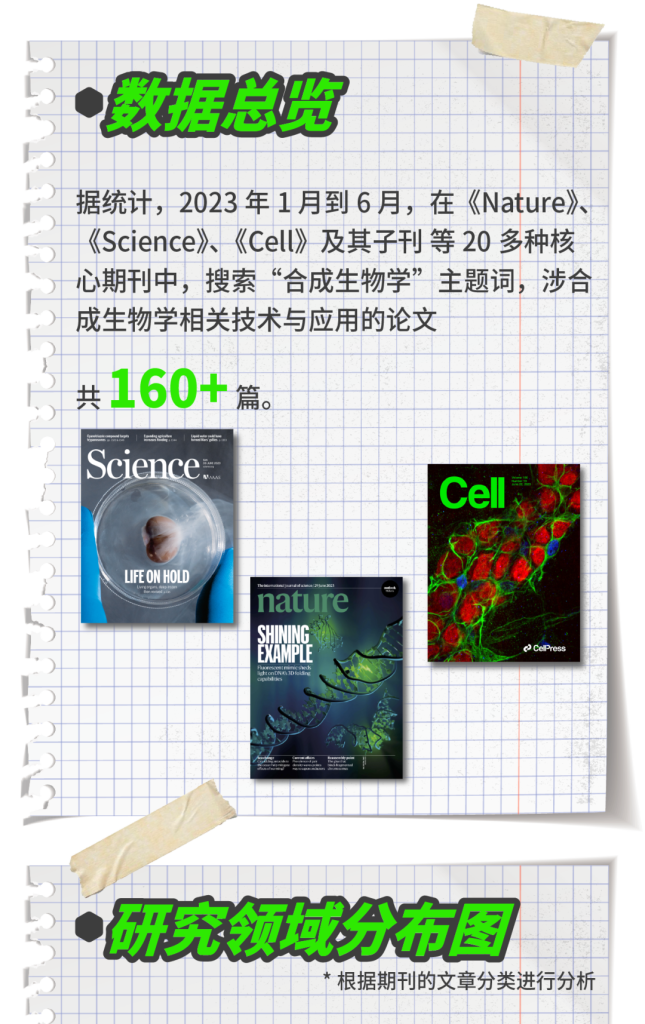
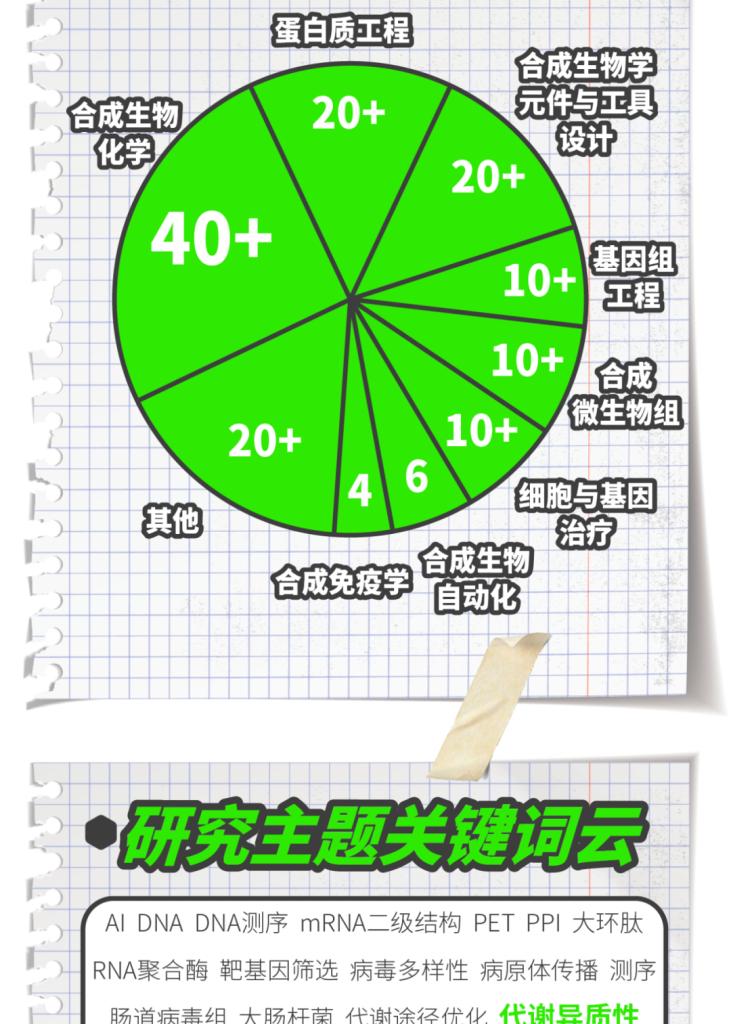

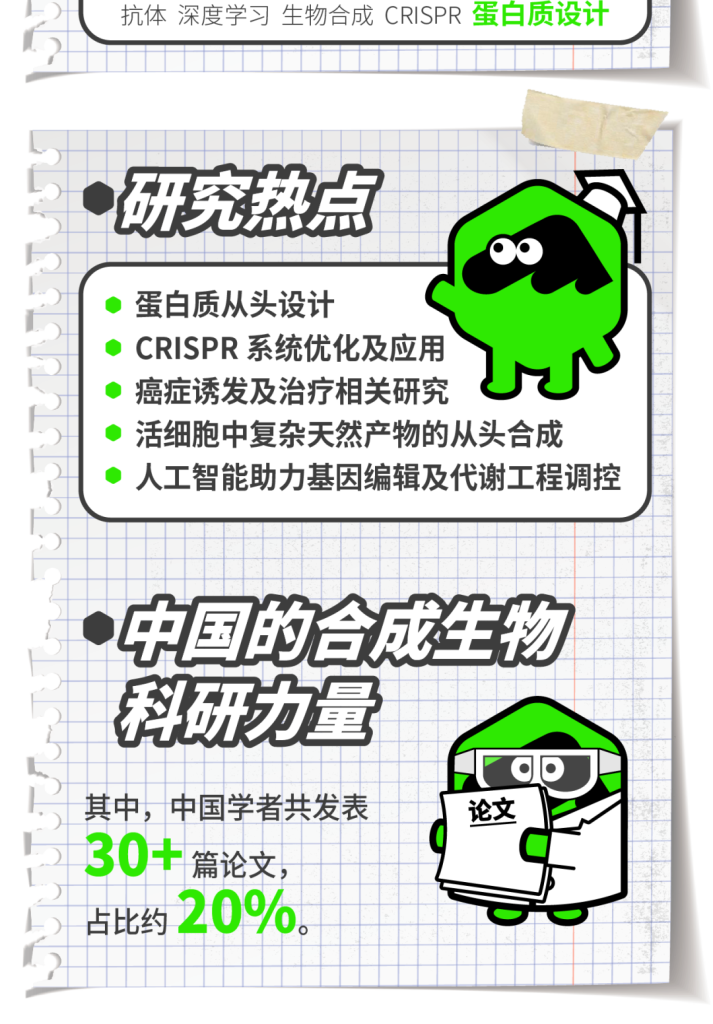

In this inventory of synthetic biology-related papers database, the following five representative research results are summarized based on the impact factor of journals, academic innovation, and academic interest, etc., for reference of communication.

The team of S. J. Fleishman, Department of Biomolecular Sciences, Weizmann Institute of Science, Israel, inSciencepublished a paper entitled"Combinatorial assembly and design of enzymes"The paper presents a machine learning strategy for designing fragments that can be combined to produce diverse, low-energy structures. A two-round "design-test-learning" cycle resulted in the repair ofMore than 10,000 enzymes, breaking the limitation that the design of structurally diverse enzymes is limited by the long-range interactions required for precise folding. The results theoreticallyCan be applied to any modular protein familyThis provides diversity and generic examples of protein design principles.
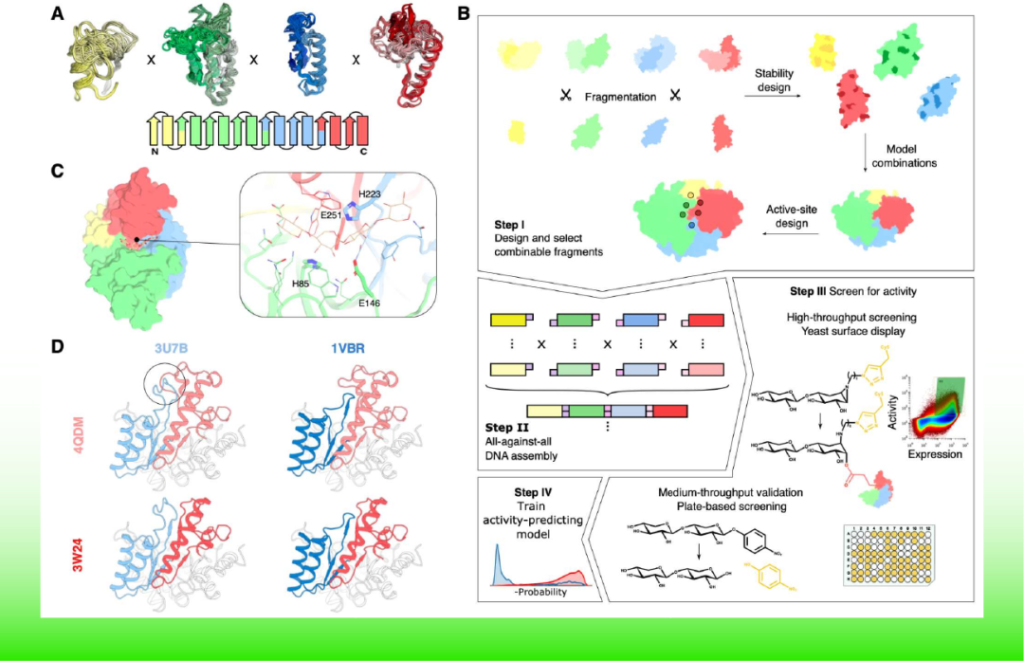

The team of Damian R. Plichta of the U.S. Infectious Diseases and Microbiome Program and collaborators atNature Microbiologypublished a paper entitled"Centenarians possess a diverse group of intestinal viruses with the potential to regulate metabolism and promote a healthy lifespan"The article, using previously published macrogenomes of 195 individuals from Japan and Sardinia, demonstrates the role shaping of enteroviruses in centenarians. Centenarians have a more diverse virulence group compared to the enteric virulence groups of young adults and older adults. The phage-encoded auxiliary functions affecting bacterial physiology were also investigated, revealing the enrichment of genes supporting key steps in the sulfate metabolic pathway.
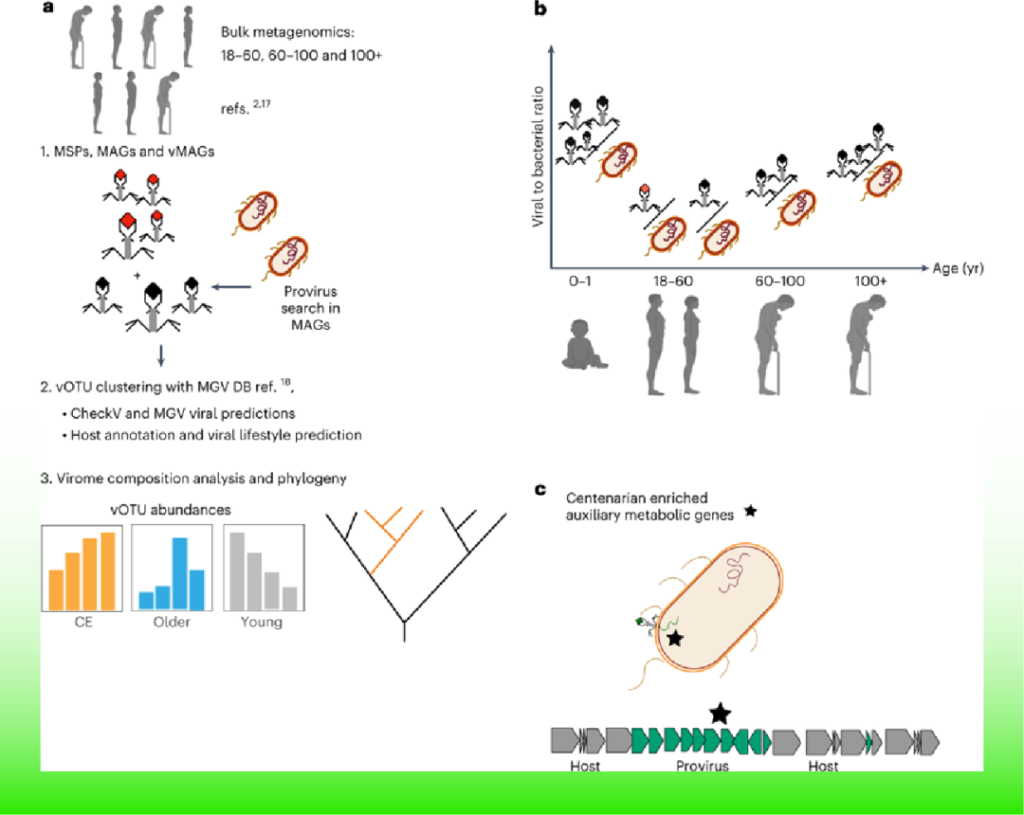

The research group of Caixia Gao at the Institute of Genetics and Developmental Biology, Chinese Academy of Sciences, inCellpublished a paper entitled"Structure-based protein clustering for the discovery of deaminase function"The article thatPioneering large-scale protein structure prediction using artificial intelligence (AI)-assistedA new high-throughput protein clustering method based on tertiary structure was established to achieve deeper mining of the functional structure of deaminase, and a new chassis element completely different from the known deaminase tool enzyme was identified.It pioneered the first base editing system with independent intellectual property rights in ChinaIt is expected to break the patent monopoly on the underlying base editing, which will help China compete in the future biotechnology industry.
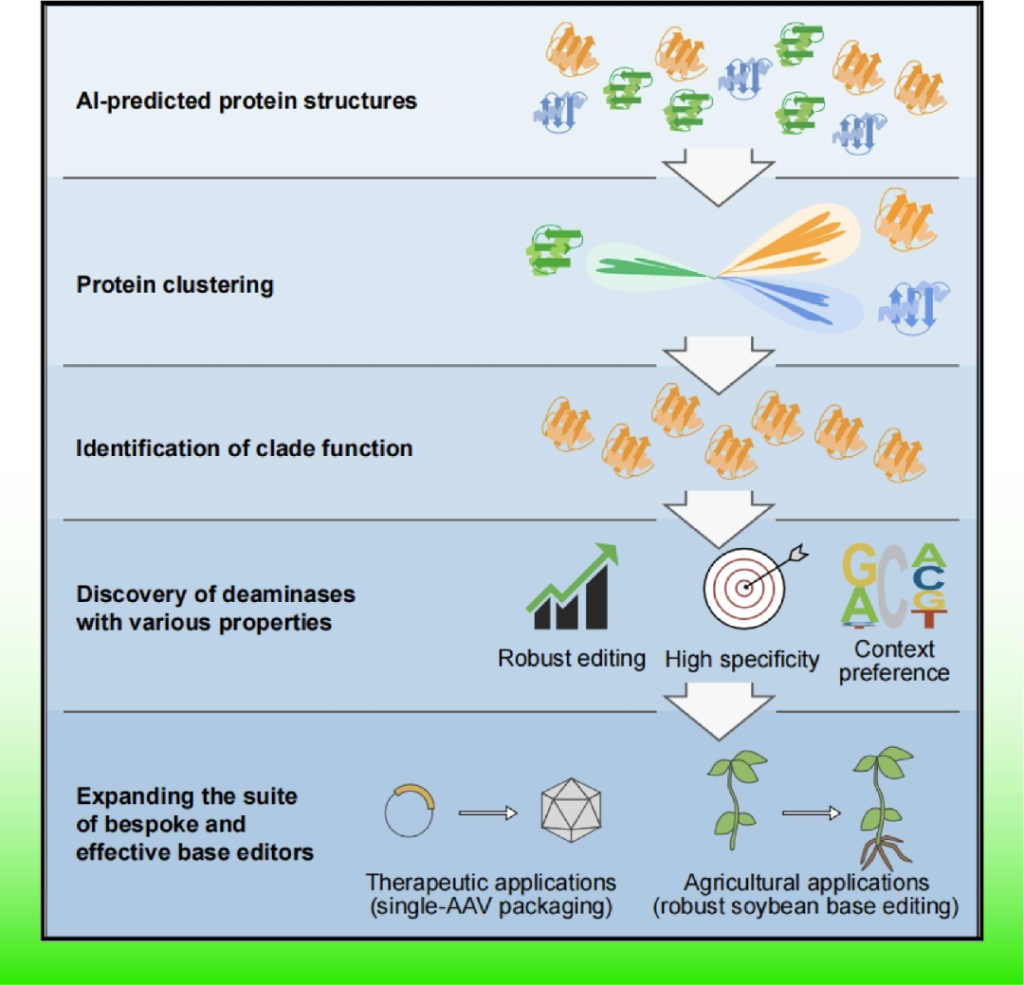

Harris H. Wang's team in the Department of Systems Biology at Columbia University in the United StatesNature Biotechnologypublished on"Automation and machine learning for high-throughput microbial cultureomics for isolation of microbiome"The article describes an open-source high-throughput robotic isolation platform that uses colony morphology and genomic data to maximize the diversity of isolated microorganisms and enables targeted selection of specific genera, rapid generation of microbial strains on demand, and also incorporates machine learning methods to predict the taxonomic identity of strains.
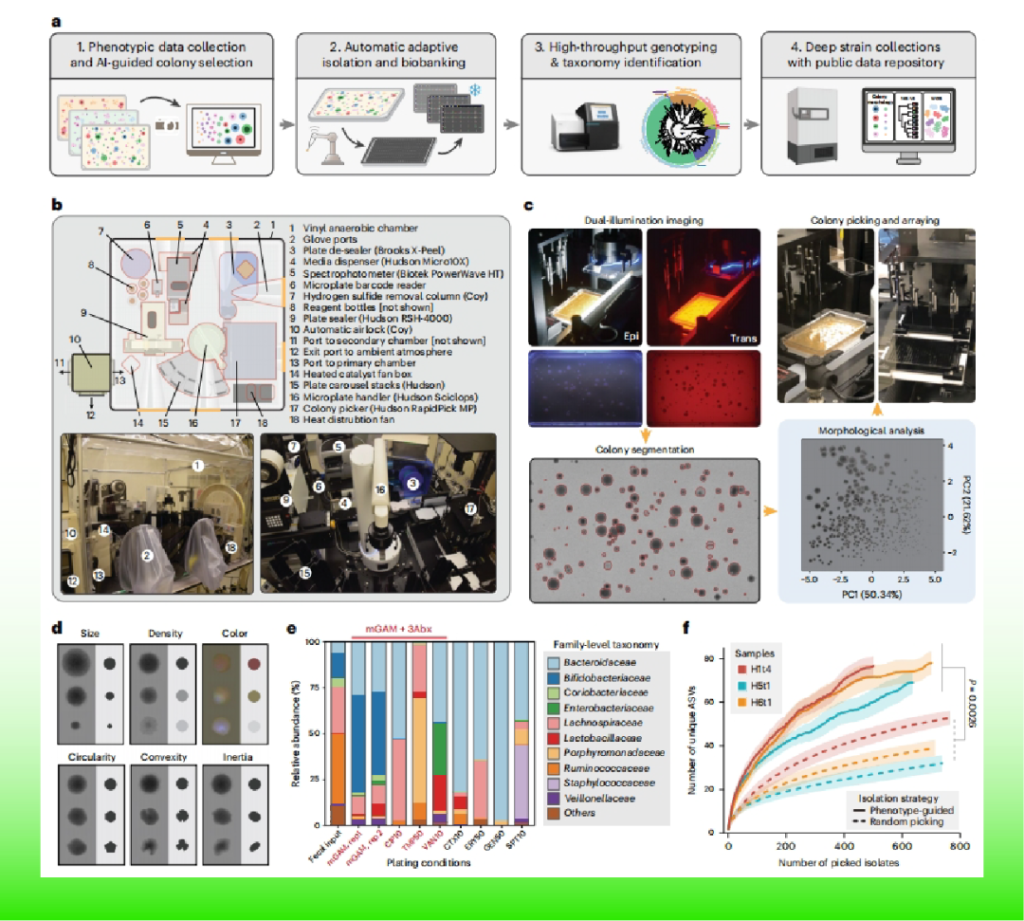

The research group of Manuel Liebeke at the Max Planck Institute for Marine Biology, Germany, in collaboration with the research group of Nicole Dubilier inSciencepublished a paper entitled"De novo synthesis of phytosterols in animals"The article, identified through multi-omics, metabolite imaging, heterologous gene expression, enzyme activity analysis and more, found that linkage animals undergo ab initio biological synthesis of phytosterols through the use of the non-classical C24 methyltransferase C24-SMT. The marine worms utilized in this study may serve as a valuable model organism to better study the role played by phytosterols on animal and human health, adding a new dimension to sterol anabolism in evolutionary terms.
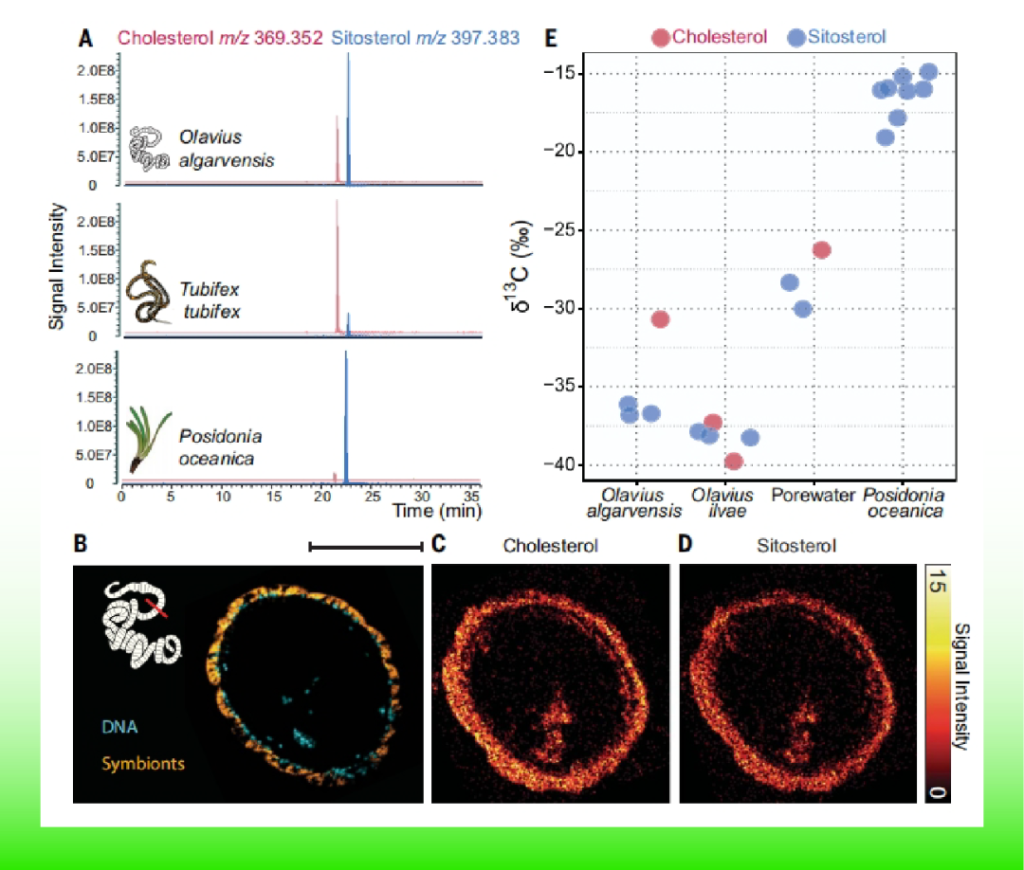
In the tumultuous process of synthetic biology research, scientists have to go through countless anxious days and nights of "head baldness" to unlock their own "highlight". And from the scientific research results "into reality", there may be a long way to go.
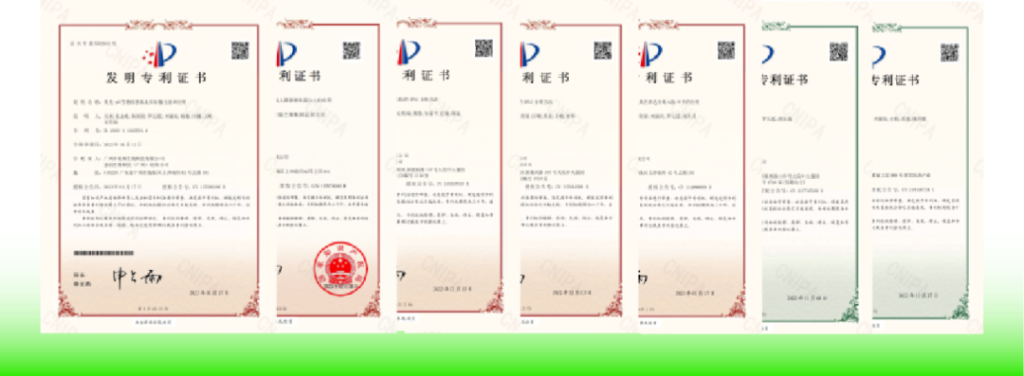
We have applied for nearly 100 patents (more than 20 granted), published more than 10 SCI papers, and obtained pioneering results in gene editing and strain construction, synthetic biological automation, and artificial intelligence prediction models. At present, there are more than 50 kinds of substances in the library, breaking through the bottleneck of mass production in the industry to provide green solutions for various industrial fields.
Technology to the new, all things grow.









